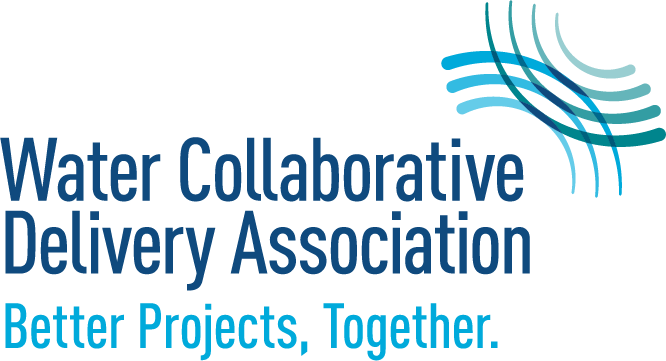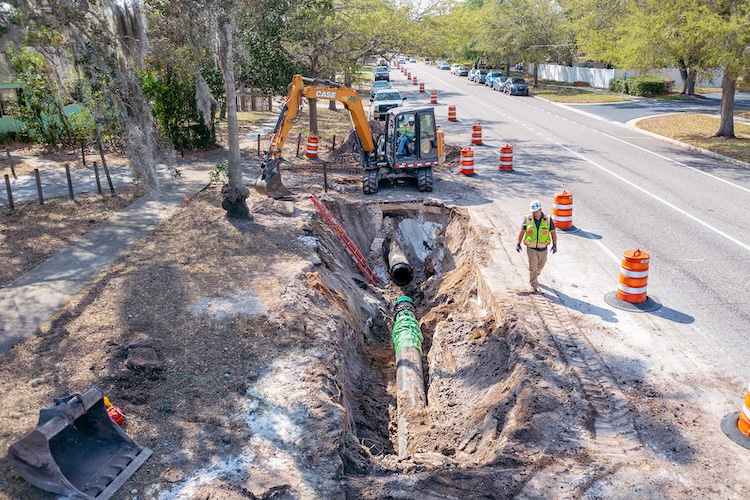An essential benefit of collaborative delivery is the ability for the designer and contractor to interact during the design phase. With traditional design-bid-build, the first interaction with a potential builder is after the design is complete, permits are in place, and plans are approved for bidding (and construction). When you think about that delivery model, it’s a missed opportunity for the contractor and designer to collaborate about the various aspects of building the project.
Most engineers have never built a project and therefore don’t have the construction experience our contractor colleagues can bring to the table. In the same respect, most contractors have never designed a project. Engaging both the designer and contractor in the preconstruction phase is a match made in heaven.
My experience is solely as a design engineer. Though my first five years in the business focused on the traditional design-bid-build delivery method, I have spent the past 25 years on collaborative delivery, primarily progressive and fixed-price design-build models. Working directly with the prime design-builder, with the right owner and design-build team, I have come to believe it’s the best way to deliver projects.
While managing projects for the design team, I have found taking a direct approach with our prime design-builder at the onset of design activities is necessary. I say, “We’re going to develop our design like our corporate design standards dictate. It’s the same way we always design our projects. It’s a system that has worked at our firm for almost 100 years. If you want more detail, less detail, different detail, different specifications…..whatever, simply tell us. We appreciate your input and will work with you to accommodate it. But please, give us that input as early in the process as possible.”
Collaborative communication is just as critical early in design as it is when construction begins. Our contracting partners often can develop an alternate approach that proves effective, but it needs to happen in the design phase—the earlier, the better. When alternate approaches are developed and undertaken after the design is signed and sealed, it will likely cause changes to the Issued for Construction set of plans, resulting in design rework and additional effort.
The design team craves efficiencies that make building projects faster, better, and more cost efficient, with final results that optimize operations and life cycle expectancy. Those efficiencies are developed through true collaboration between the designer and contractor.

